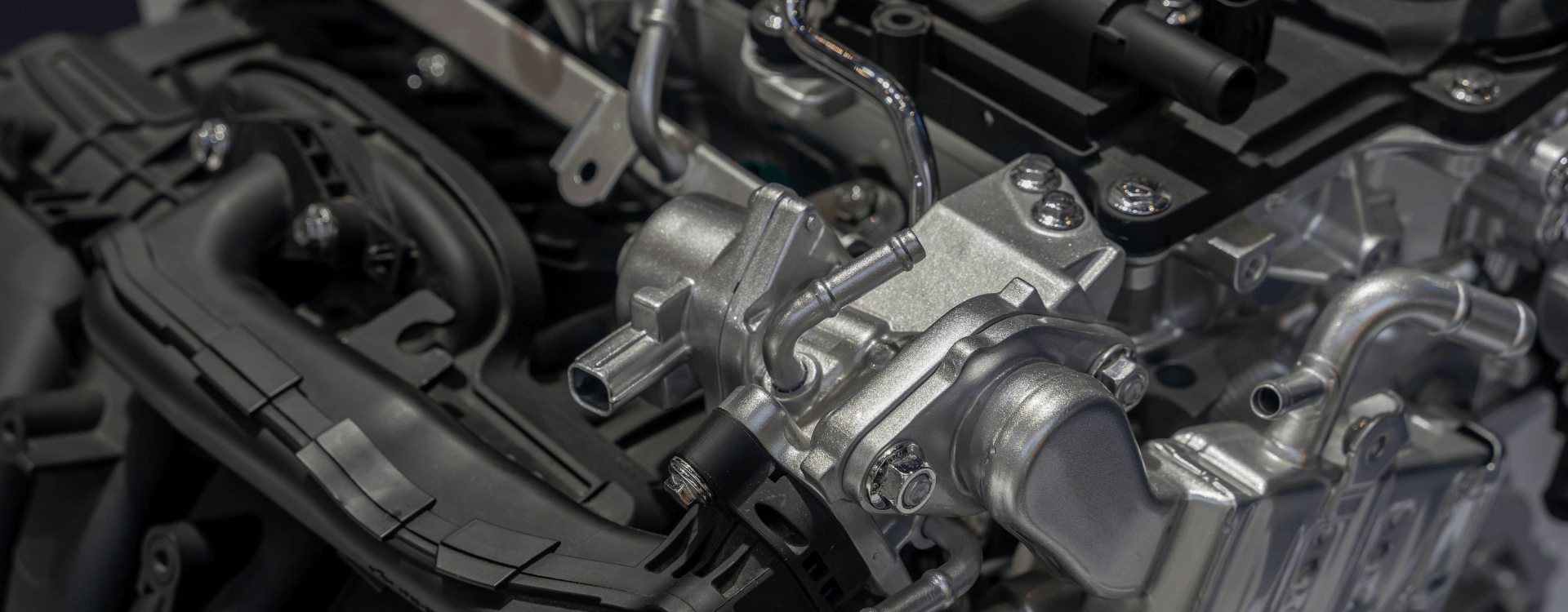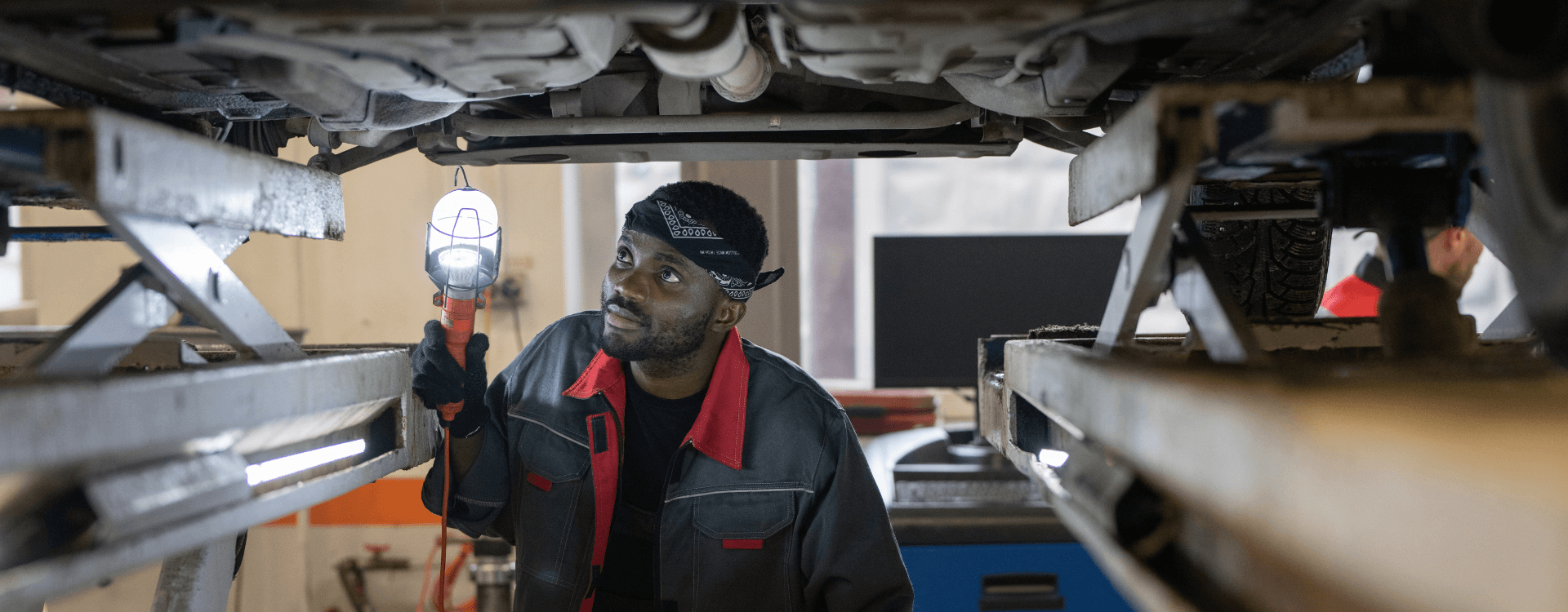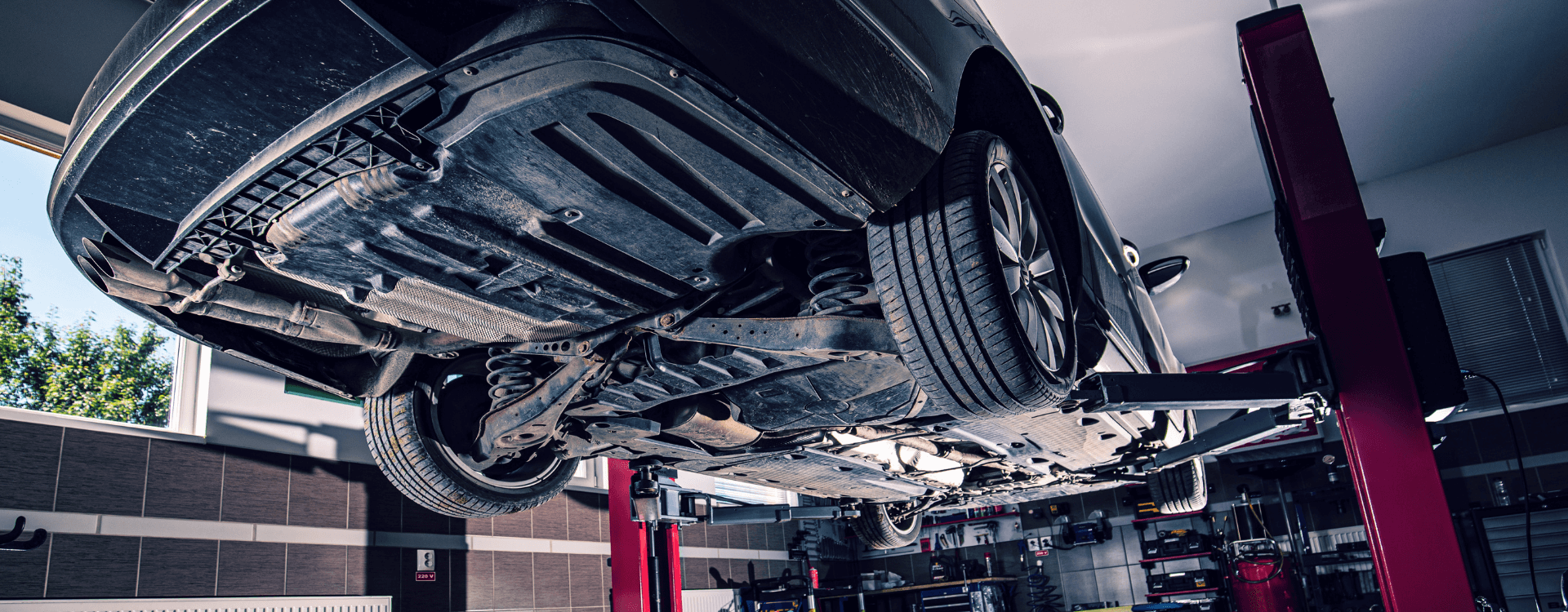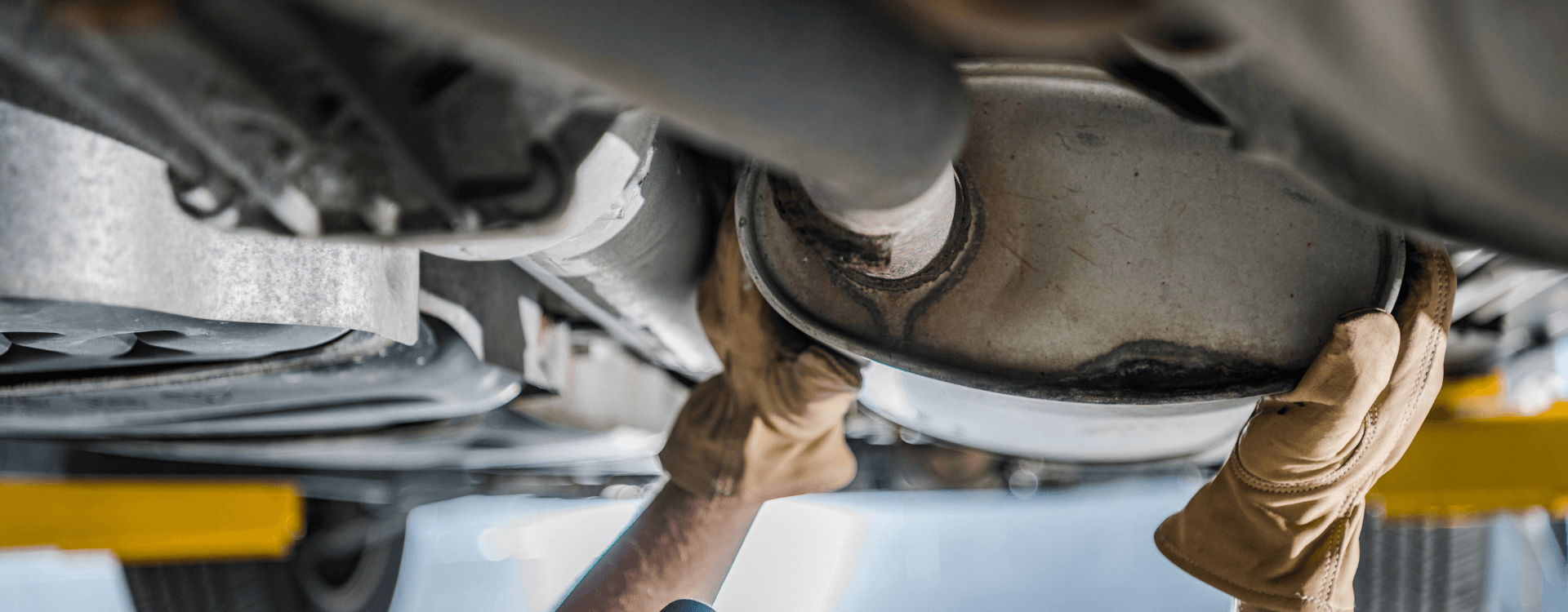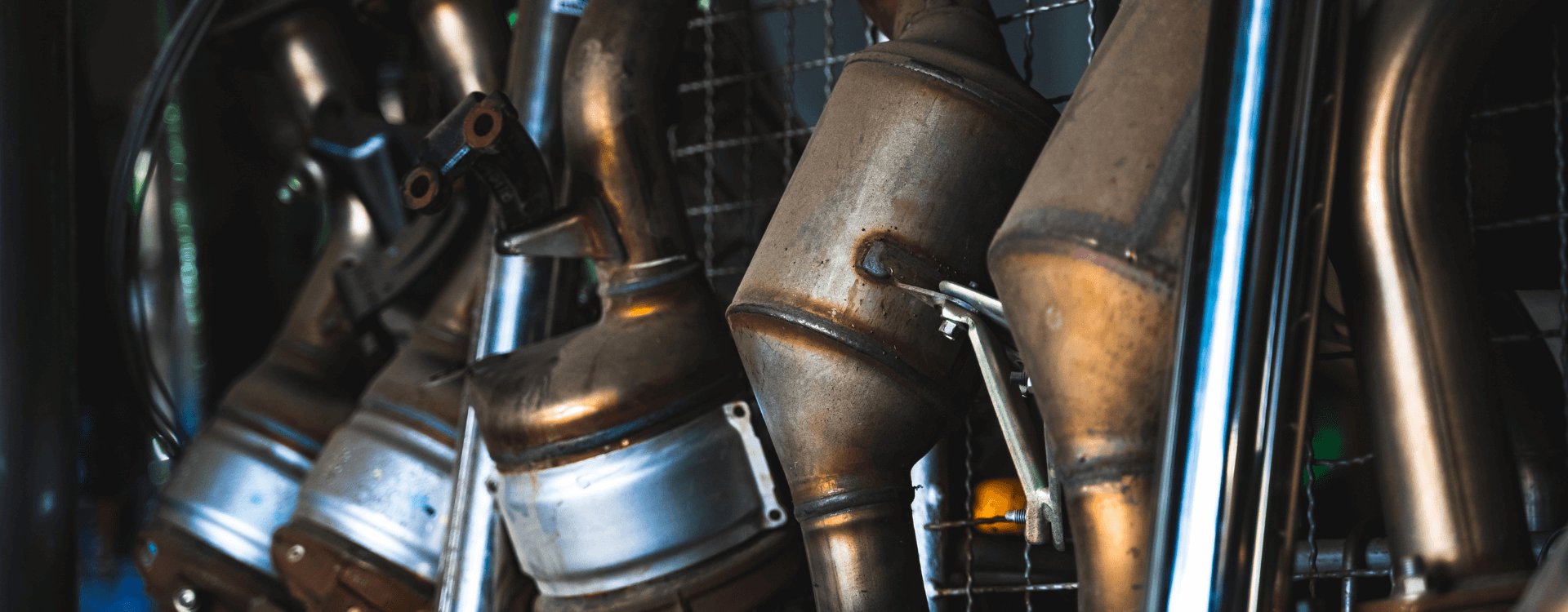
Getting to know your car | What is a catalytic converter ?
Every time you go to the mechanic, it's the same story! You listen carefully and with deep concern to all his explanations, but usually, you pick up the phone after 10 minutes, despite all your efforts. Listening to technical or at least abstract terms are not for you. Maybe it's time for a change, don't you think. Maintaining your car well requires some basic knowledge, especially when it comes to the key parts. Krosfou, the DPF, and catalytic converter specialist will help you in this process, starting with the catalytic converter. What is it all about ? What is it used for ? Are all cars equipped with it? We explain everything to you and promise you will soon have no more secrets about your car.
The role of the catalytic converter
The catalytic converter is part of a complete unit within your vehicle, called the exhaust system. This line essentially consists of an exhaust manifold, a lambda sensor placed before or after the catalytic converter, and finally the exhaust pipe. If you haven't forgotten your chemistry lessons, you will remember catalysis is a phenomenon that consists of accelerating the speed of a chemical reaction. This is exactly what happens with the so-called catalyst, as we shall see.
Above all, the presence of the catalyst on your vehicle is a public health measure. Faced with gas emissions that are increasingly polluting and harmful to health and the environment, it was decided to equip vehicles with this anti-pollution device, In the 1990s. It is important to understand that gases are not eliminated but transformed.
❌ Carbon monoxide (which is deadly) turns into ✅carbon dioxide
❌Nitrogen oxide (which irritates the respiratory system) becomes ✅carbon dioxide and nitrogen dioxide
❌Unburned hydrocarbons become ✅water vapor and carbon dioxide
The catalytic converter has been present on gasoline-powered vehicles since 1993 and on diesel vehicles since 1997.
The catalyst is not only important but also mandatory. It is systematically checked during the technical inspection of your vehicle.
What is a catalytic converter: the combination of chemistry and high technology
Composition of a catalytic converter
This part, which weighs several kilos, is located under the car, as close as possible to the engine. It consists of a cylindrical stainless steel shell that contains a kind of ceramic filter called a honeycomb. The micro-cells in the honeycomb filter the gases before they escape into the air through the exhaust pipe, thus reducing their harmfulness.
How the catalytic converter works
So how does it work ? When exhaust fumes pass through your vehicle's catalytic converter, they flow through the honeycomb. The walls of the honeycomb are covered with thin layers of metals including, precious platinum, rhodium, and palladium. The contact between the gases and the metals accentuates the chemical catalytic reaction.
An essential element, the temperature of the gases must reach 400°C for the chemical reaction to take place. This is why the catalytic converter is located as close as possible to the engine so that the temperature rises faster. This is also why short car journeys are strongly not recommended. If the temperature does not reach the required level, the conversion of gases does not take place, and over the long term, there is a risk that your part will become dirty and clogged.
Do you want to know if your Catalytic Converter is Bad ? Do you want to know if your DPF is clogged ?
Does it have to be changed frequently ?
Often not, but this part is not eternal, and its lifespan depends a lot on your driving style and especially on the frequency and duration of your journeys. As is often the case in mechanics, the number one enemy is under-use. If you only drive short distances in succession, your engine will not heat up sufficiently, and the chemical reaction will not take place. This will result in a build-up of the residue in your pot and clog it up.
If you use your vehicle optimally, the replacement of this part will take place on an average of 120,000 km, depending on the concerned car model.
As for removing your catalytic converter, don't even think about it. We remind you that this is strictly forbidden by law and punishable by a fine of up to £6750.
Krosfou brand Catalytic converters.
The catalytic converter of a car remains a rather expensive part, and the price is a legitimate concern for the consumer.
For those on the lookout for inexpensive spare parts, Krosfou offers first-class products whose price-quality ratio is simply unbeatable.
It is hard to give a price range for a catalytic converter. Depending on the model of your vehicle, you should count between £108 and £900 for a filter of our brand. As an example:
- between £133.20 and £232.20 for a Peugeot 206;
- between £142.20 and £351.90 for a Volkswagen Golf;
- between £306 and £240.70 for a Mercedes Class S.
By filling in the search tools on our website's home page, with your vehicle's registration number, you can be certain that you are not seeking the wrong model. Don't forget to download our assembly instructions.
Our products are new, straight from the factory and come with a 3-year warranty (compared to 2 years with most manufacturers). They are all made of stainless steel, which is one of the most corrosion-resistant. Therefore wear-resistant materials.
Avoid discount low-range products and offer your car the best.


